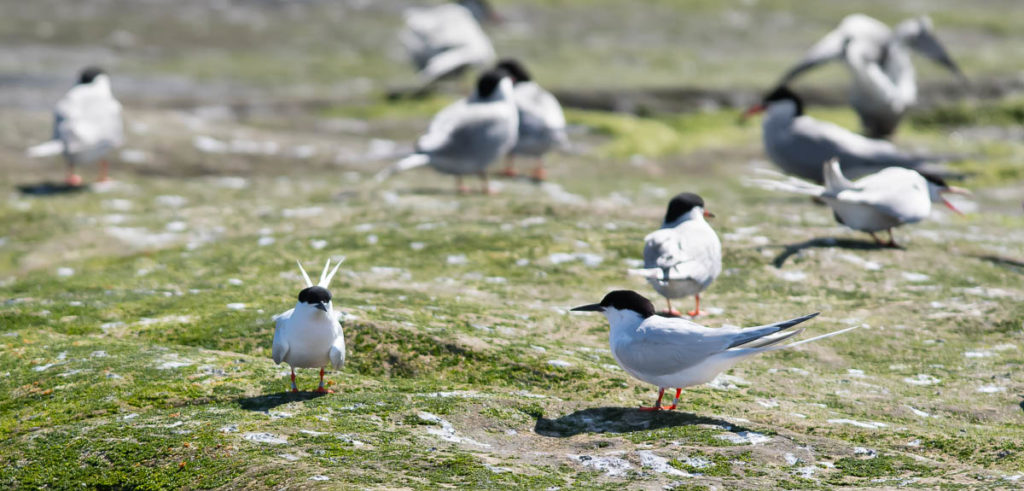
A very different experience to most of the islands I’ve been to was the trip to Coquet Island off the Northumberland Coast. It’s managed by the RSPB and landing is not permitted. Its lure is the Roseate Terns and of course Puffins.
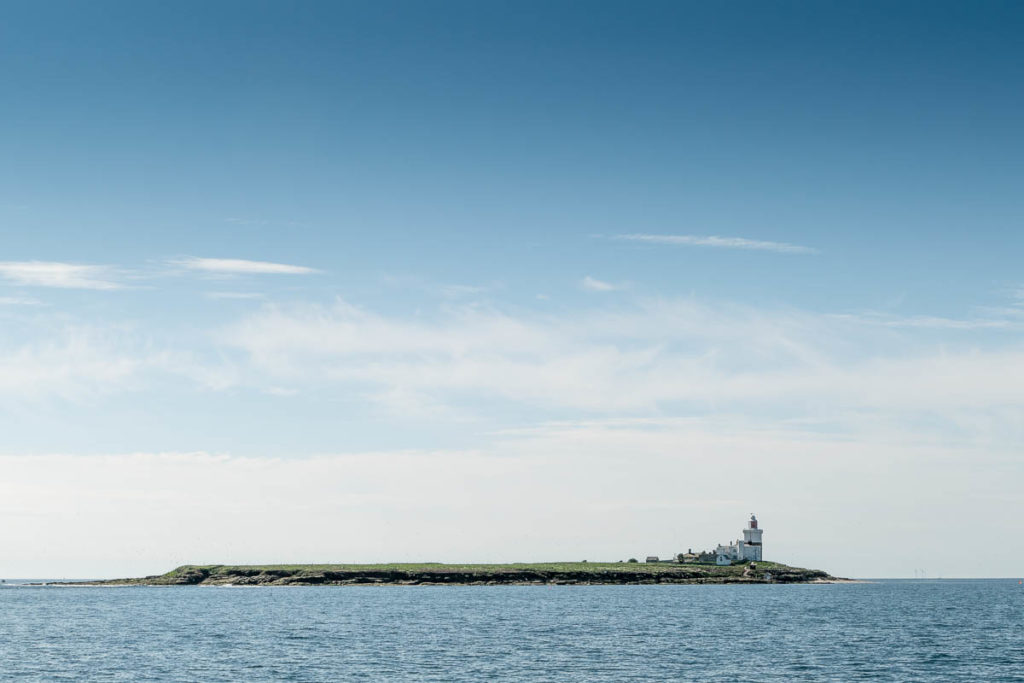
The Roseate is the rarest of the British Terns, there’s 118 pairs (2018) representing 90% of the British breeding population. Actic, Common and Sandwich Terns also breed here so with a trip to Coquet and then to the Long Nanny a little further up the coast, to visit the Little Tern colony, it’s not difficult to see all our nesting species of Terns in one day. Coquet has 1667 Common, 1415 Sandwich and 1240 Arctic Tern pairs along with the small colony of Roseates and around 30,000 Puffins.
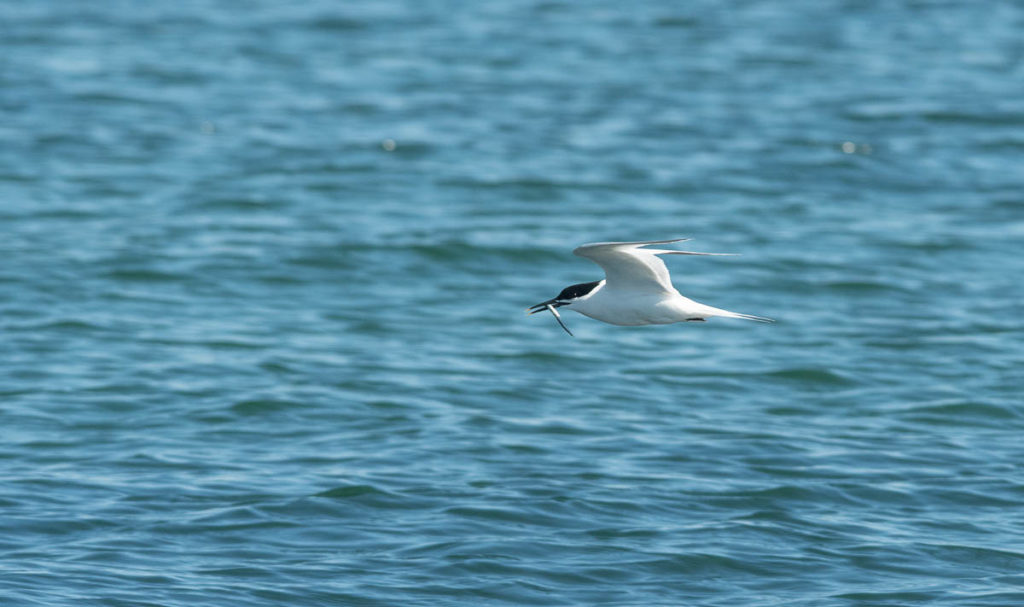
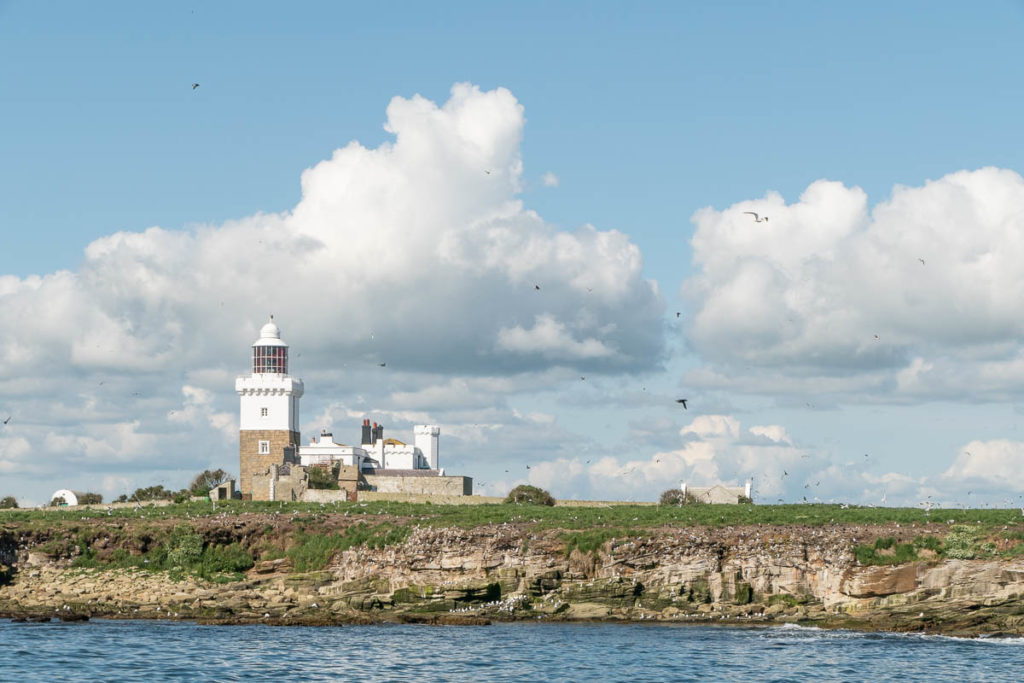
With these numbers of Common and Arctic Terns is not that easy to pick out the Roseates. They do nest, however, in an artificial terrace of clearly numbered boxes alongside their close relatives to protect them from extreme weather and predating gulls. The boatmen know the numbers which are occupied by the Roseates so it’s possible to ‘hook on’ to one or two but from the boat, a good way offshore and in a swell, it’s not that easy. Also I didn’t really want a photograph of them by the boxes, much better in a more natural setting, but that’s a further problem. First you’ve got to find them in the binoculars in among the other Terns, then replace the bins with the camera with a continually moving boat and pick them up again, and all in about five minutes!
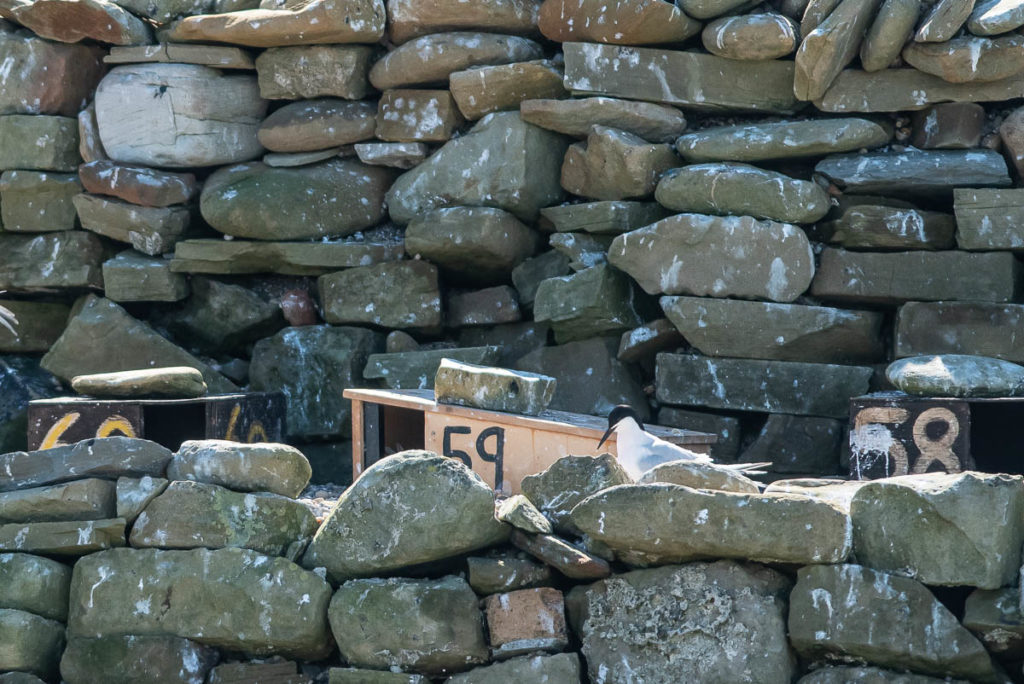
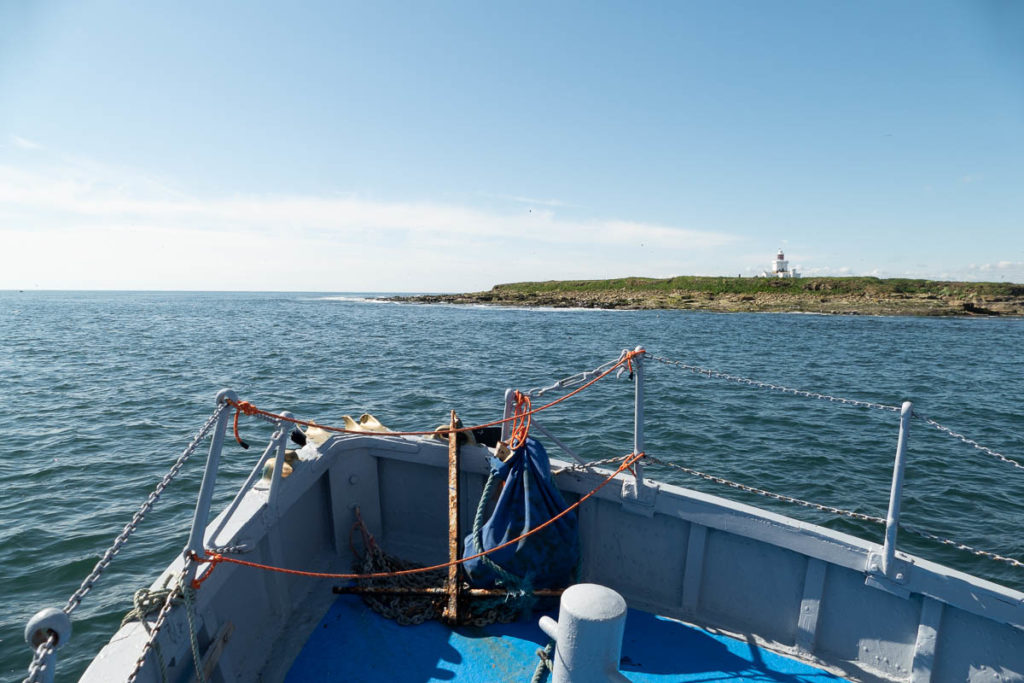
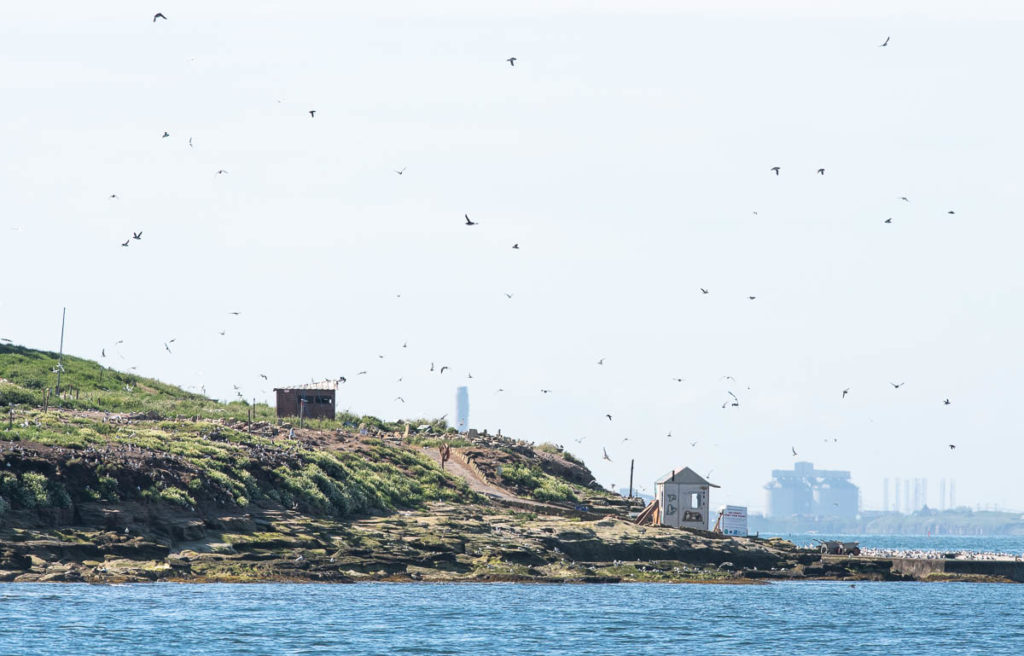
Five minutes was a problem I hadn’t foreseen, believing I’d get about 20 minutes or so with them. The whole trip lasts for only an hour, twenty minutes out, twenty at the island and twenty back. I can’t argue with the value at only ten pounds, however there is a but. On the way over to the island the skipper asked the paying guests if they wanted to spend all the time at the Tern colony or sail gently round the whole island with a brief (he was right there) visit to the colony. We were out voted ten to two and that meant five minutes trying to locate a Roseate or two that were in a more natural setting than outside their front door! I think the trips, which run when the tides are right, should be advertised as one or the other: a visit solely to see the Terns or to circumnavigate the island, then you know what you’re getting. As it is you’re bound to end up with dissatisfied customers. I wonder if the vote is 50/50 what does he does then!
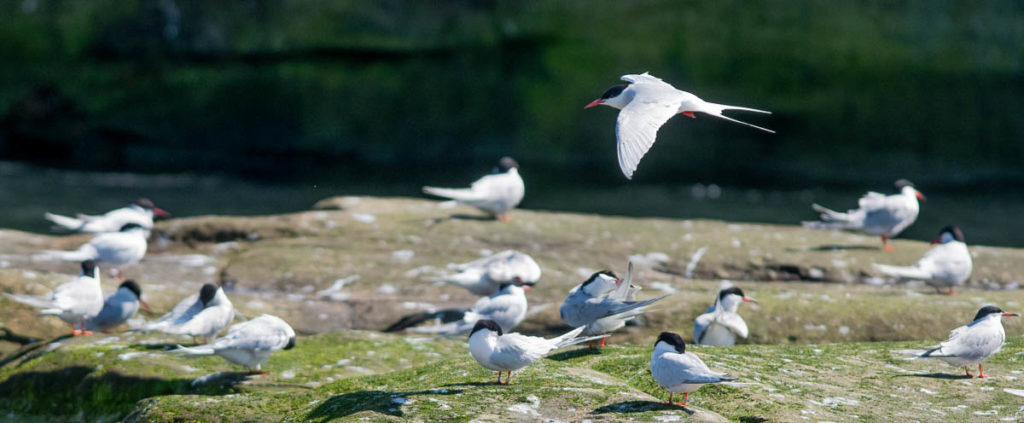
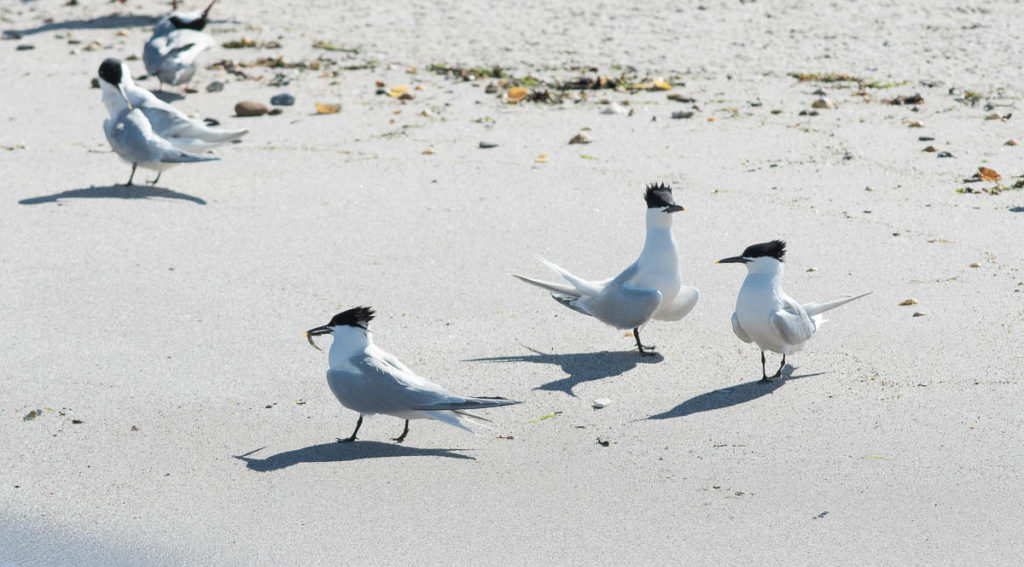
Roseates are similar to the Arctic and Common Terns. They have two very long tail feathers in the breeding season and slightly shorter wings. They are paler than the other two with a black cap with white underparts and here comes the subtlety beautiful difference, these white underparts are tinged with a rosy pink, hence the name. When I managed to get onto a couple of them away from the boxes it was wonderful to see this tinge as I’d always wondered just how obvious it would be in the field. The bill is longer than both the Common and Arctic with a scarlet base developing as the summer unfolds.

The two I managed to get onto were initially sleeping but luckily both untucked their heads for just a brief moment or two showing all the identifying features pretty well. The Roseate is on the red list of British birds but with specific management for them on Coquet Island they are continuing to increase. Back in the 70’s the Island supported 15 pairs, that number now stands at 118 and growing. It was all over far to quickly though and I was left wanting so much more from the visit.
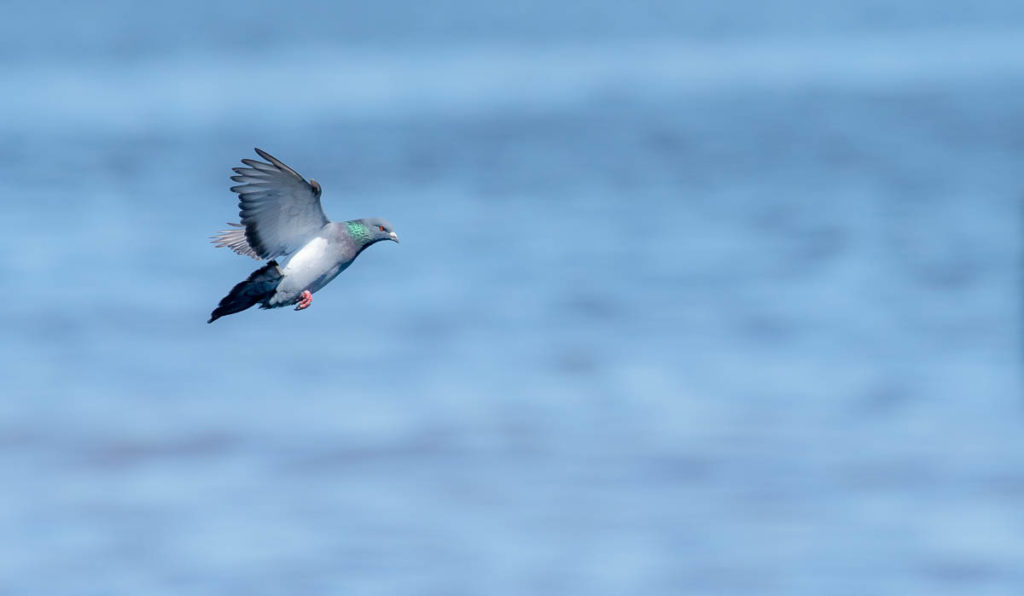
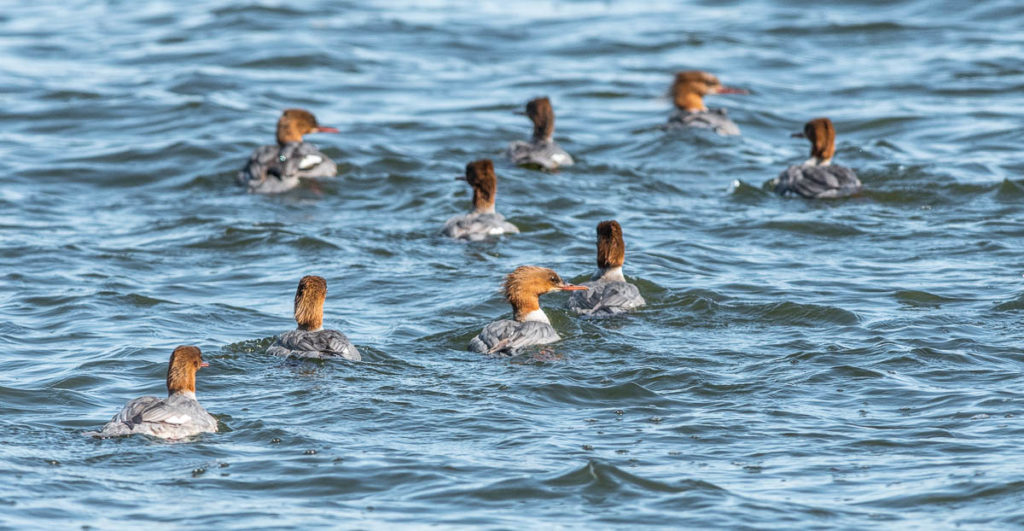
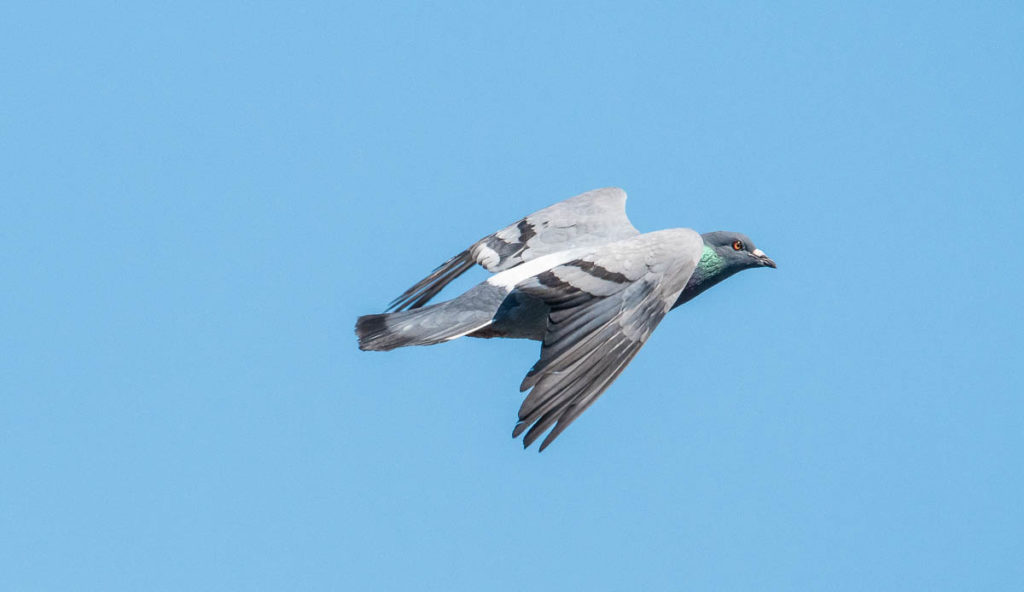
Back at Amble, where the boat leaves for Coquet Island, I had the compensation of working with some classic Rock Doves and a small flock of Mergansers (Goosanders, see comments below!)

Nice article Tim – never seen a Roseate that well. I’m going to be a pain now tho’. In the merganser pic, the bird in the centre facing right, seems to have a very sharply defined border between the rufous of the upper neck and the white below, suggesting that it may be a female Goosander, and thus possibly the whole flock. Red-breasted Mergs always have the rufous gradually fading into the white. Admittedly Goosander is sometimes called Common Merganser, usually by American birders.
Well, I’m not an American birder John! and yep you’re right – Bit of a schoolboy error really! Thanks